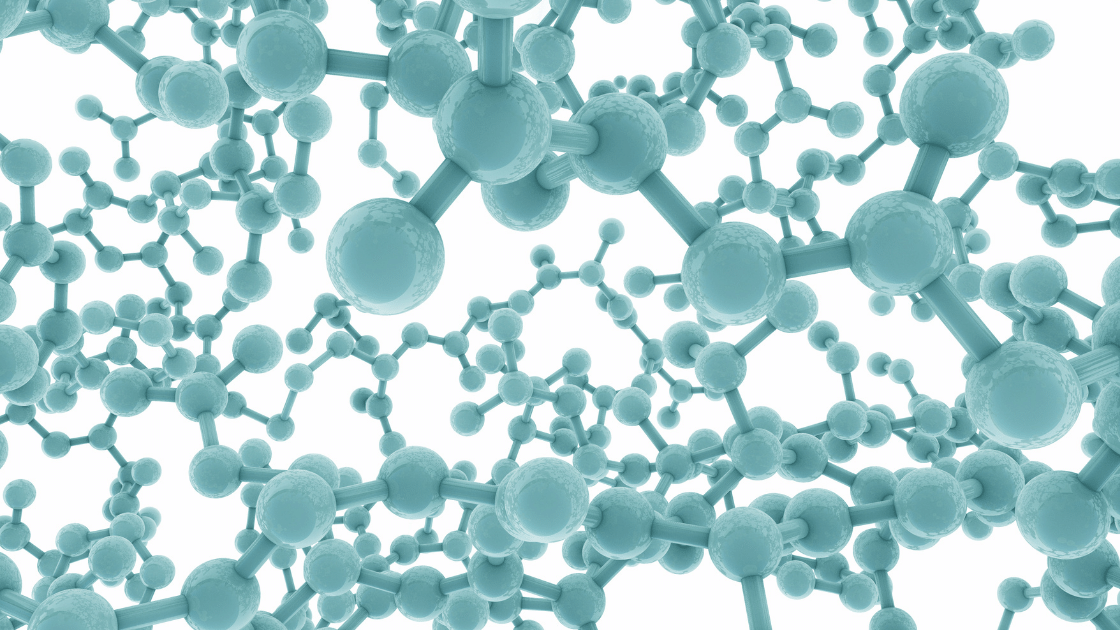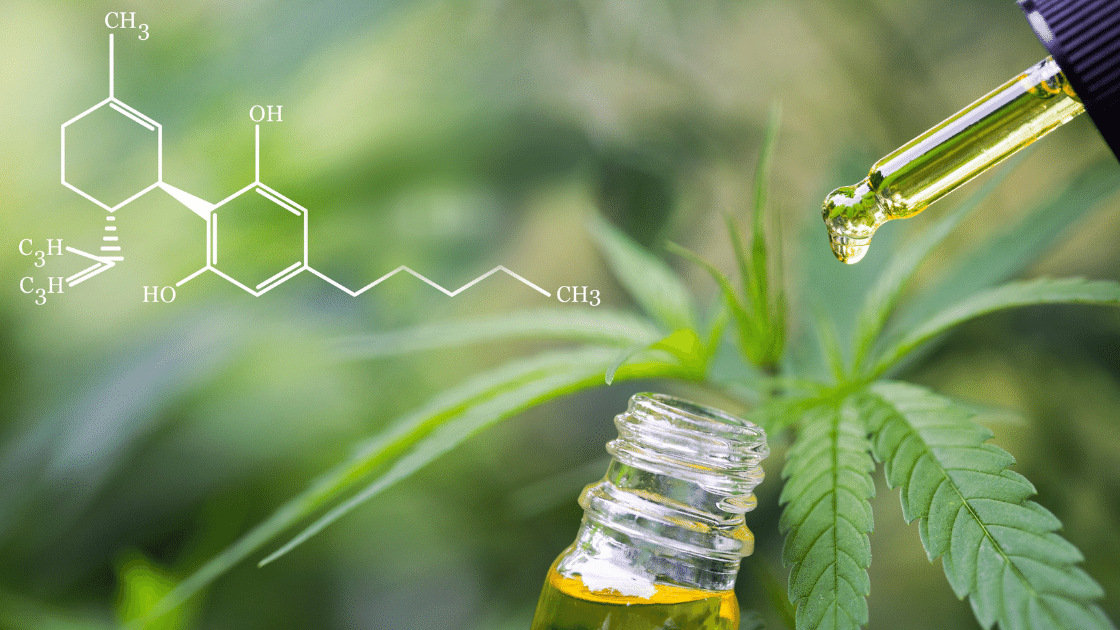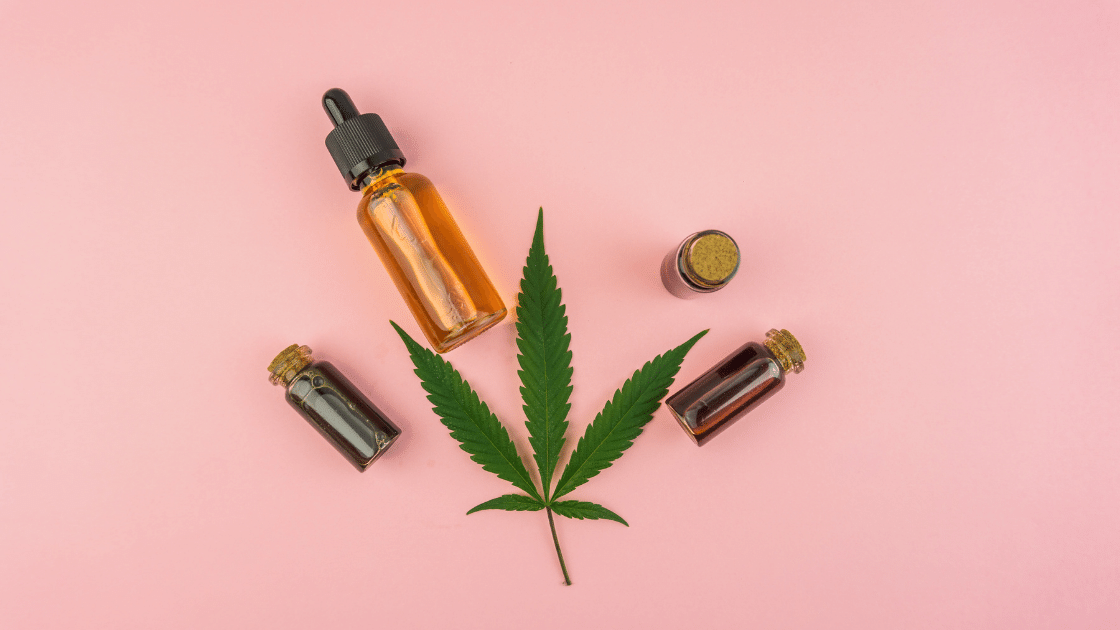Cannabinoids are the major chemical compounds found in the cannabis plant. Once consumed, they may affect your body and mind in a number of ways, depending on the specific cannabinoids, the dose you take, and how often you take them.
While the main cannabinoids found in the cannabis plant, tetrahydrocannabinol (THC) and cannabidiol (CBD), are the most popular and widely researched ones, there’s a plethora of other cannabinoids that are also important and have their unique characteristics, which is why they will be the topic of this article. While we won’t cover all of the 100+ cannabinoids that have been isolated to date, we’ll cover the more important ones that have been studied, like THCA, CBDA, CBG, Delta-8-THC, CBC, CBN, THCV, Delta-9-THCP, CBDP, and others.
Even though they’re included in most cannabis products, the minor cannabinoids are sometimes extracted in different forms and used on their own. In fact, research suggests that they may have potential health benefits for relieving soreness and stiffness.
Without further ado, let's get to it.
THCA and CBDA, the Precursors to THC and CBD
When we think of cannabis, we often think of the main cannabinoids THC and CBD, but we rarely think of their cannabinoid precursors THCA and CBDA. In fact, the conversion of THCA and CBDA into THC and CBD is a result of the decarboxylation process. During this process, THCA and CBDA are heated at a temperature between 230-250°F which converts the non-intoxicating compound THCA into its intoxicating counterpart THC, and the non-intoxicating compound CBDA into the more sedative cannabinoid CBD.
THCA
Tetrahydrocannabinolic acid (THCA) is the acidic precursor that’s present in the cannabis plant before it gets converted to THC. Compared to THC, THCA is non-intoxicating and may reduce adiposity and prevent metabolic disease caused by diet-induced obesity. The potential medicinal benefits of this THCA are currently being researched in a number of clinical studies.
CBDA
Cannabidiolic acid (CBDA) is the acidic precursor to CBD, similar to how THCA is the precursor to THC. Both cannabinoids don’t produce intoxicating effects and are quite popular in the wellness industry for their potential benefits in modulating the adverse effects of THC such as tachycardia, anxiousness and others.
Minor Cannabinoids in Cannabis
In the following paragraphs, we’ll go over the most researched minor cannabinoids found in cannabis.
CBG
The first minor cannabinoid on our list is cannabigerol or CBG — one of the most abundant non-intoxicating cannabinoids found in the cannabis plant. Also called the “mother of cannabinoids”, this is the cannabinoid that’s produced in the early stages of the cannabis plant’s growth cycle and as the plant matures, all of the other cannabinoids are synthesized from it through different metabolic processes.
Cannabigerol is currently being studied for its potential benefits in managing cancer-related side effects, Crohn’s disease (an inflammatory bowel disorder), treatment for drug-resistant bacteria, and stimulating appetite. Due to its potential medical benefits, this non-intoxicating cannabinoid has been gaining a lot of popularity and cannabis companies have started including it in their products.
Delta-8-THC
Delta-8-THC is a cannabinoid that produces less-intoxicating effects and supposedly a more clear-headed high when compared to delta-9-THC. This is another cannabinoid that has been gaining popularity due to the alleged medicinal benefits it may provide.
According to one study, the use of delta-8-THC could reduce vomiting urges and stimulate appetite, which may be a good alternative for patients who are struggling with maintaining their weight as a result of chemotherapy or other medical conditions. Another study has found that the use of this particular cannabinoid may be beneficial for relieving corneal pain and inflammation. Finally, this cannabinoid has also been researched for its potential neuroprotective properties in relation to dementia.
While much of the research is ongoing, we can expect to learn more about this cannabinoid in the next few years as scientists dive further into the medical benefits it may have.
CBC
Another non-intoxicating cannabinoid found in the cannabis plant is CBC, or cannabichromene, which is a lesser-known cannabinoid. CBC has been known to provide mood-elevating benefits to users when paired with the intoxicating cannabinoid delta-9-THC, according to a 2010 study. It has also been researched for its potential anti-inflammatory benefits as well as possibly decreasing cell death in patients suffering from strokes and heart attacks.
A 2012 study has also shown that this minor cannabinoid may modulate gastrointestinal motility. Additionally, CBC has even been researched for its potential effects in slowing tumor growth in cancers like prostate carcinoma, colorectal cancer, and even breast cancer, though more research is necessary to find out exactly how it may help patients suffering from these conditions. This cannabinoid has also been studied for its potential benefits as an effective acne treatment, and the research is showing positive results of CBC targeting specific acne-causing bacteria.
CBN
Cannabinol, or CBN, is the cannabinoid that’s formed over time as a byproduct of the degradation of THC, which is common as the cannabis flower or product is left on your shelf for longer than a year or two or if it’s exposed to direct sunlight. The longer we leave a cannabis product that contains THC on the shelf, the higher the amount of CBN in that product will eventually be.
If we take a look at a review on this popular cannabinoid, we find out that its use may result in couch-lock effects, especially if the strain contains the terpene myrcene. This cannabinoid has also been researched for its potential benefits in reducing chronic pain in mice when paired with CBD, though further research is needed to uncover all of its potential benefits.
THCV
THCV, or tetrahydrocannabivarin, is a non-intoxicating cannabinoid that may produce intoxicating effects only when taken in high doses. However, even though consuming high doses of this minor cannabinoid may cause intoxicating effects, they won’t last nearly as long as those produced by tetrahydrocannabinol (THC).
A 2020 commentary on popular medical studies that review THCV’s potential medical benefits suggests that rodent studies have shown that THCV may decrease appetite and increase satiety, as well as regulate the metabolism, meaning that it may prove to be beneficial when used as a remedy for weight loss in patients with type 2 diabetes. Further research is required to confirm these potential benefits of THCV.
Delta-9-THCP and CBDP
With a recent 2019 study on cannabinoid compounds, scientists have managed to isolate and identify two new phytocannabinoids — delta-9-THCP, or tetrahydrocannabiphorol, and CBDP, or cannabiphorol.
Upon studying the potential benefits of these cannabinoids, scientists have discovered that delta-9-THCP has a THC-like activity and may induce hypomotility, analgesia, catalepsy and decreased rectal temperature.
While these cannabinoids are unlikely to be used in cannabis products in the next few years as more research is needed, this study will definitely spark some interest and stimulate more scientists to start researching the potential benefits of these newly-discovered phytocannabinoids.
Final Thoughts
Even though these cannabinoids still pose a mystery in the realm of cannabis science, their potential health benefits will definitely inspire researchers to start learning more about them.
We hope that our article managed to pique your interest and give you some initial information on the most popular minor cannabinoids today.
And if you’d like to try some of the minor cannabinoids that we’ve mentioned in this article, you can check out Nuvita CBD’s online store.
Keep in mind that we’ve only scratched the surface with this list as researchers have discovered over 100 cannabinoid compounds in the cannabis plant and most of them haven’t been thoroughly researched.



Leave a comment
This site is protected by reCAPTCHA and the Google Privacy Policy and Terms of Service apply.